13 December 2016
Monywa, Myanmar
Soe Moe Tun
Profession
Media
Motive
Exposure of illegal activity
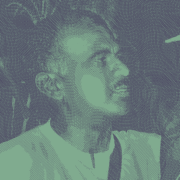

Adolfo Olivas


Ahmed Divela


Amit Jethwa


Artan Cuku


Babita Deokaran
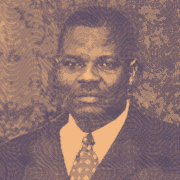

Bayo Ohu


Berta Cáceres


Bhupendra Veera


Bill Kayong


Boris Nemtsov


Boško Buha


Chai Boonthonglek


Charl Kinnear
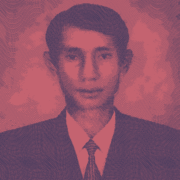

Chut Wutty


Chynybek Aliev


Cihan Hayirsevener


Daphne Caruana Galizia
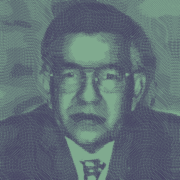

Darío Fernández


Derk Wiersum
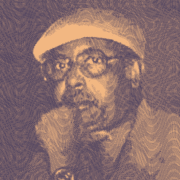

Deyda Hydara
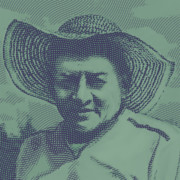

Édgar Quintero


Edmore Ndou
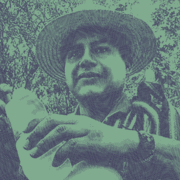

Edwin Dagua


Federico Del Prete


Fernando Villavicencio


Gezahegn Gebremeskel


Gilles Cistac
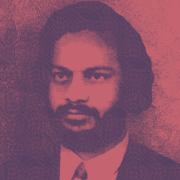

Habibur Mondal


Igor Alexandrov


Jacob Juma


Ján Kuciak


Javier Valdez


Joannah Stutchbury
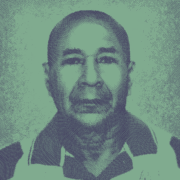

José Ángel Flores
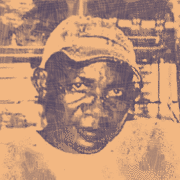

Jules Koum Koum


Kem Ley
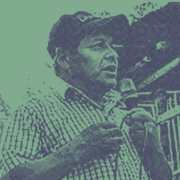

Luis Marroquín


Mahamudo Amurane
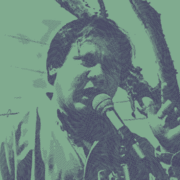

Marcelo Rivera


María Elena Ferral Hernández


Marielle Franco


Milan Pantić


Milan Vukelić
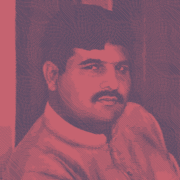

Muhammad Khan


Nelson García


Nihal Perera


Oliver Ivanović
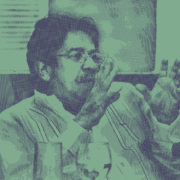

Orel Sambrano


Perween Rahman


Peter R. de Vries
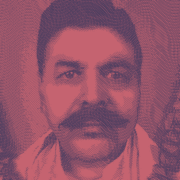

Rajendra Singh


Salim Kancil


Sandeep Sharma


Sikhosiphi Radebe


Slaviša Krunić
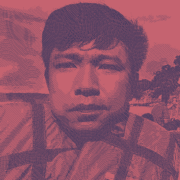

Soe Moe Tun


Victor Mabunda
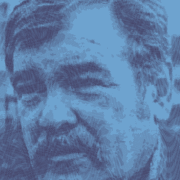

Virgil Săhleanu


Wayne Lotter
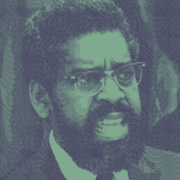

Yuniol Ramírez
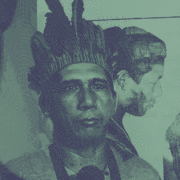

Zezico Guajajara
13 December 2016
Monywa, Myanmar
Profession
Media
Motive
Exposure of illegal activity
In the early hours of the morning of 13 December 2016, Ko Thet was returning home from a night out with friends in Monywa, a town in central Myanmar, when he received a series of phone calls from friends. ‘They all told me to come to a nearby area. They’d found a body,’ said Ko Thet, editor of the weekly Monywa Gazette.
The body, which had been discovered close to the Monywa golf course, was that of Ko Thet’s friend and fellow journalist Soe Moe Tun, a 35-year-old reporter for the national newspaper The Daily Eleven. He was found covered in bruises and with injuries to his face and head. At home waiting for him were his 39-year-old wife, Khin Cho Latt, and their eight-year-old son; they were not informed about his death until early the next morning.
Police opened an investigation immediately, but two and a half years later little progress had been made. Although arrests have been made related to the case, at the time of writing there had still been no public trial or sentencing. Soe Moe Tun’s friends and colleagues believe that his death is linked to the work he did as a reporter, in particular his investigation into illegal logging in the area.
Illegal logging is a major issue in Myanmar and is closely linked to corruption among the authorities. According to a report published by the UK’s Environmental Investigation Agency (EIA) in February 2019, the country lost 4.3 million hectares of forest in the 1990s, and a further two million hectares between 2002 and 2014. The report links the deforestation to timber extraction, which it describes as ‘the main driver of forest degradation inside the country’s forest reserve areas’. It also makes reference to a resources assessment carried out by the UN Food and Agriculture Organization in 2015 and 2016, in which Myanmar reported losing 546 000 hectares of forest between 2010 and 2015, and roughly 20 per cent of its forests since 1990.
The report points to corruption as ‘the key component enabling many of the crimes underpinning the illicit trade of timber within and from the country’, and highlights in particular the activities of the late Cheng Pui Chee, a Hong Kong man whom the EIA accused of having conducted nefarious activities alongside officials from Myanmar’s military junta.
Myanmar’s most coveted wood is its teak, which is considered some of the best quality in the world. The remote and heavily forested Sagaing region, in which Monywa is situated, is home to some of the country’s most substantial reserves of teak, and the area is therefore heavily scarred by illegal logging. Many of these logs pass through Monywa, which acts as a crucial commercial hub between the Sagaing forests and Mandalay, the economic hub of northern Myanmar, from where a significant quantity of merchandise – legal or otherwise – is transported to China.
In recent years, the government has introduced some measures to try to combat logging activity, and in April 2014 it enacted a ban on log exports. Additionally, the current administration banned the logging of natural forests for one year, between 2016 and 2017. But such measures have had only a limited impact, and still the practice of illegal logging continues. Between April and November 2017, Myanmar forestry authorities seized 6 637 tonnes of illegally acquired timber.
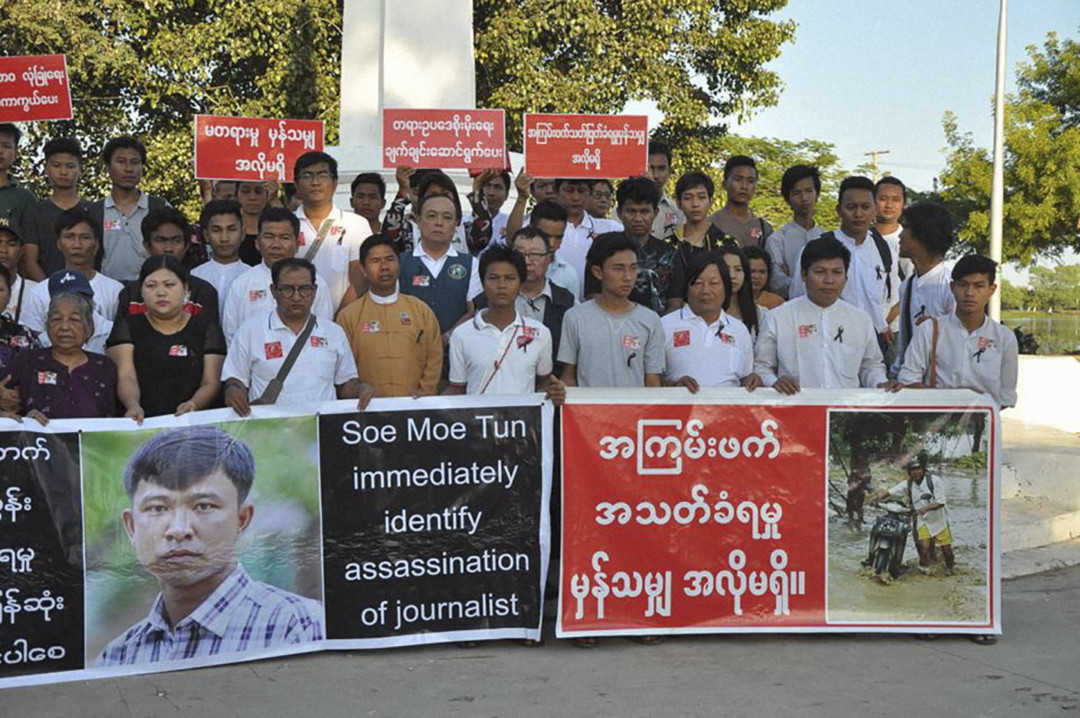
A memorial ceremony held for Soe Moe Tun in Monywa on the first anniversary of his death
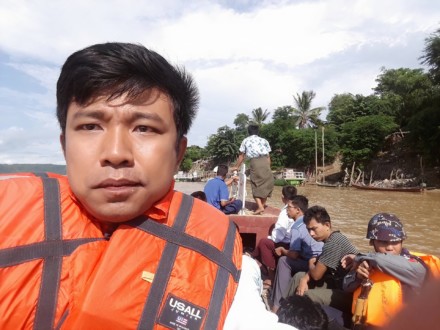
Soe Moe Tun during a reporting trip

Soe Moe Tun with his wife and young son, who was eight years old at the time of the killing
According to Thet Swe, a friend and fellow journalist of Soe Moe Tun’s in Monywa, he was ‘very strong-willed and opinionated, and very determined to show the truth about what was happening with illegal activities in our town’. In addition to writing investigative articles on illegal logging, Soe Moe Tun would regularly post updates about illegal-logging cases to his Facebook page. A week before he was killed, he posted the names and phone numbers of people who had been arrested for illegal-logging activities in Monywa. The post also contained the phone numbers and names of police officers alleged to be aiding timber traffickers in the country.
Khin Cho Latt said that the day before Soe Moe Tun’s body was found, he had gone on a reporting trip and returned to Monywa that evening. The last message he sent her was to ask if she had picked up their son from school. ‘After his death, I checked his Facebook page and saw a recent post,’ she revealed. ‘It mentioned [police and government officials] who were involved in illegal logging. Those leads could be the cause of his death.’
Despite these clear leads, and a call from Reporters Without Borders to step up their investigations, police have made little progress. Both Ko Thet and Thet Swe said that the officer in charge of the case had been changed three times since Soe Moe Tun’s murder, and, according to Khin Cho Latt, investigations have now been transferred to the specialist Criminal Investigation Department, located in the country’s capital, Nay Pyi Taw.
With police losing interest in the case, U Myint Kyaw of the Myanmar Journalist Network fears that Soe Moe Tun’s killers will go unpunished, and that his death will end up like other high-profile cases in which justice is yet to be done. At least four journalists have been killed in Myanmar since 1999 and many others threatened or harassed.


20 July 2010
Gandhinagar, India
Amit Jethwa


15 October 2016
Mumbai, India
Bhupendra Veera


21 June 2016
Sarawak, Malaysia
Bill Kayong


11 February 2015
Klong Sai Pattana, Thailand
Chai Boonthonglek


26 April 2012
Koh Kong, Cambodia
Chut Wutty


5 May 2004
Bishkek, Kyrgyzstan
Chynybek Aliev


20 August 2000
Dhaka, Bangladesh
Habibur Mondal


10 July 2016
Phnom Penh, Cambodia
Kem Ley


16 October 2018
Haripur, Pakistan
Muhammad Khan


5 July 2013
Deraniyagala, Sri Lanka
Nihal Perera


13 March 2013
Karachi, Pakistan
Perween Rahman


19 June 2018
India
Rajendra Singh


26 September 2015
Selok Awar-Awar, East Java, Indonesia
Salim Kancil


24 March 2018
Bhind, Madhya Pradesh, India
Sandeep Sharma